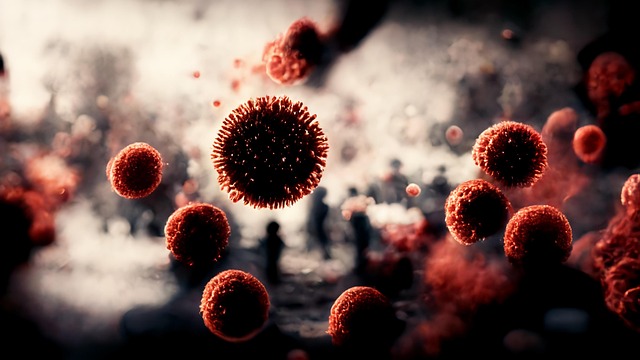
Lab Protocol For Needle Stick Injury
Introduction
Needlestick injuries represent a significant risk within healthcare settings, particularly in laboratory environments where the handling of needles is routine. These injuries can lead to the transmission of bloodborne pathogens, including HIV, hepatitis B, and hepatitis C. Therefore, it is imperative that laboratories implement stringent protocols to manage needlestick injuries effectively. This article outlines the essential steps and considerations for handling such incidents in a professional and systematic manner.
Understanding the Risks
In North America, millions of healthcare workers utilize needles daily, making the potential for needlestick injuries a persistent concern. Despite advancements in safety technology and the adoption of universal precautions, these injuries continue to occur. The majority of affected individuals are nurses, laboratory workers, and non-surgical physicians. Understanding the risks associated with needlestick injuries is the first step in developing an effective response protocol.
Immediate Response to Needlestick Injury
In the event of a needlestick injury, immediate action is crucial. The following steps should be taken:
- Wash the Area: Immediately wash the puncture site with soap and water. This action helps to reduce the risk of infection.
- Report the Incident: Notify a supervisor or designated safety officer about the injury as soon as possible. Timely reporting is essential for proper documentation and follow-up.
- Seek Medical Evaluation: The injured individual should seek medical attention promptly. A healthcare professional will assess the risk of infection and may recommend post-exposure prophylaxis (PEP) if necessary.
- Document the Incident: Complete an incident report detailing the circumstances of the injury, including the type of needle, the context of the injury, and any immediate actions taken.
Follow-Up Procedures
After the initial response, follow-up procedures are critical to ensure the health and safety of the injured individual and the broader workplace. These procedures include:
- Medical Follow-Up: The injured individual should attend all follow-up appointments to monitor for any potential infections and to receive necessary vaccinations or treatments.
- Review of Safety Protocols: Conduct a review of existing safety protocols to identify any areas for improvement. This review should involve all staff members to foster a culture of safety.
- Training and Education: Provide ongoing training for all laboratory personnel regarding the risks associated with needlestick injuries and the importance of adhering to safety protocols.
Preventive Measures
Preventing needlestick injuries is paramount in maintaining a safe laboratory environment. The following preventive measures should be implemented:
- Use of Safety-Engineered Devices: Employ needles and other devices designed to minimize the risk of injury, such as retractable needles and safety syringes.
- Adherence to Universal Precautions: Ensure that all laboratory personnel follow universal precautions, treating all blood and bodily fluids as potentially infectious.
- Proper Disposal of Sharps: Provide clearly marked sharps containers for the disposal of needles and other sharp instruments. Ensure these containers are easily accessible and regularly emptied.
- Workplace Ergonomics: Design workspaces to minimize the risk of accidental needlesticks, such as using devices that allow for one-handed operations.
Conclusion
Needlestick injuries pose a serious risk in laboratory settings, but with the implementation of comprehensive protocols, the likelihood of such incidents can be significantly reduced. By understanding the risks, responding promptly to injuries, and fostering a culture of safety through training and preventive measures, healthcare facilities can protect their personnel and maintain a safe working environment.


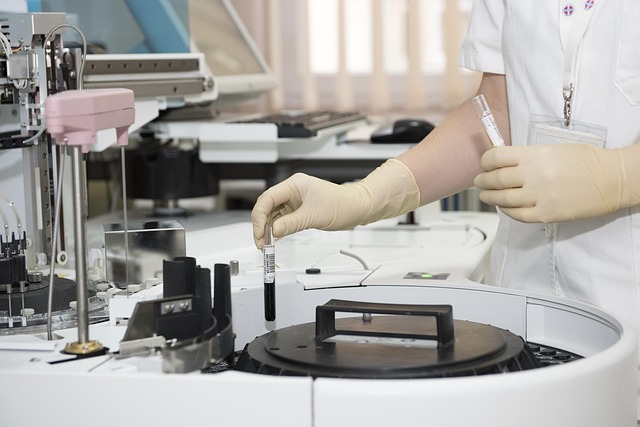



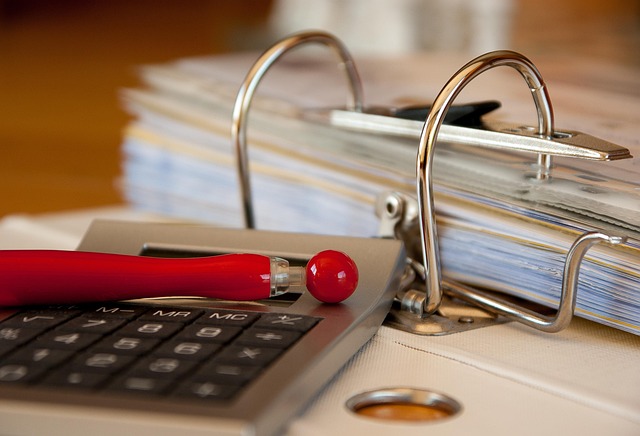








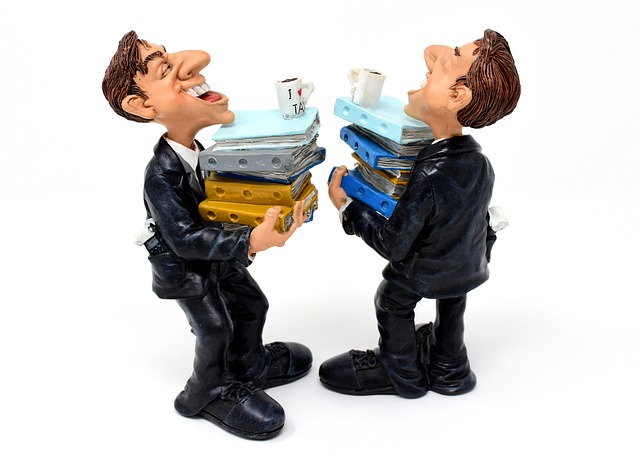
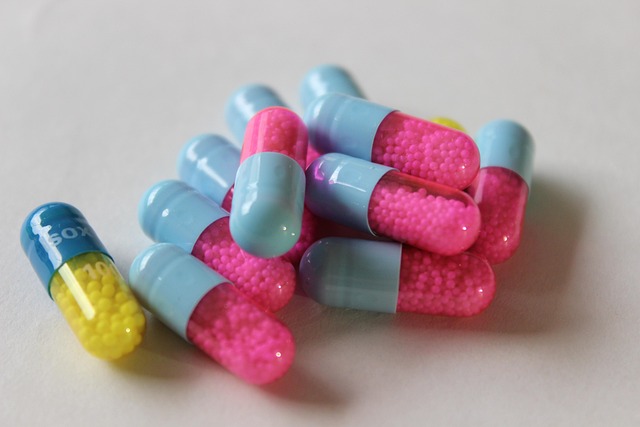
 The Pharmacogenetics Panel
The Pharmacogenetics Panel 
 Health
Health  Fitness
Fitness  Lifestyle
Lifestyle  Tech
Tech  Travel
Travel  Food
Food  Education
Education  Parenting
Parenting  Career & Work
Career & Work  Hobbies
Hobbies  Wellness
Wellness  Beauty
Beauty  Cars
Cars  Art
Art  Science
Science  Culture
Culture  Books
Books  Music
Music  Movies
Movies  Gaming
Gaming  Sports
Sports  Nature
Nature  Home & Garden
Home & Garden  Business & Finance
Business & Finance  Relationships
Relationships  Pets
Pets  Shopping
Shopping  Mindset & Inspiration
Mindset & Inspiration  Environment
Environment  Gadgets
Gadgets  Politics
Politics 